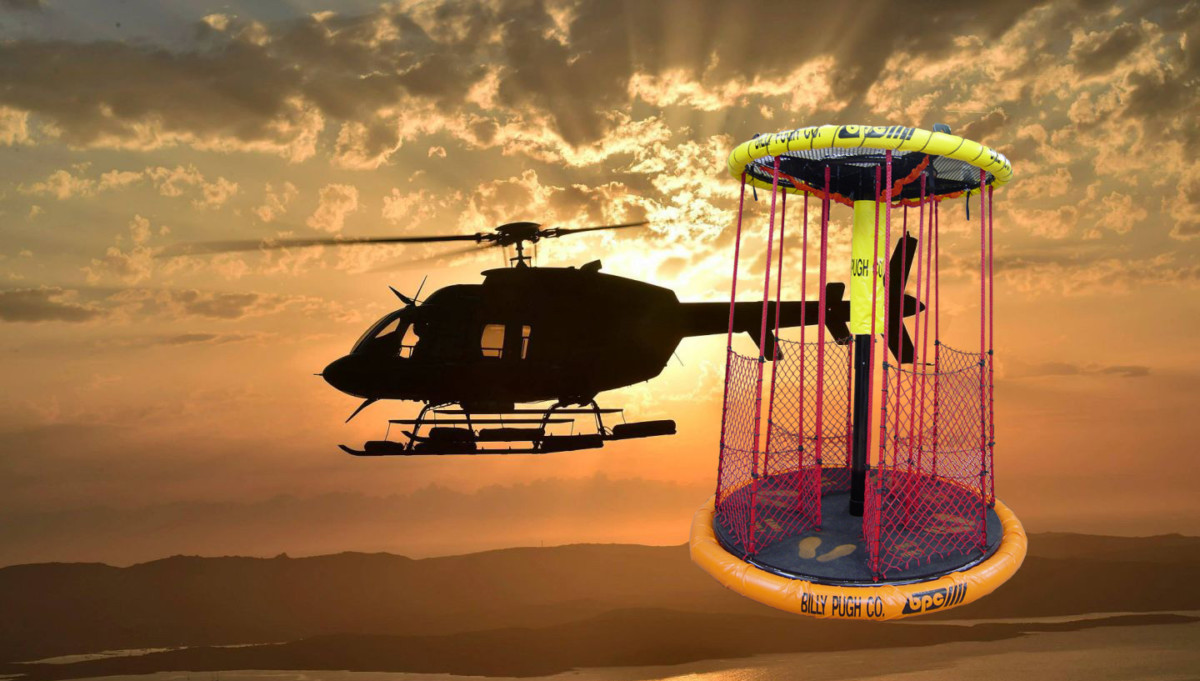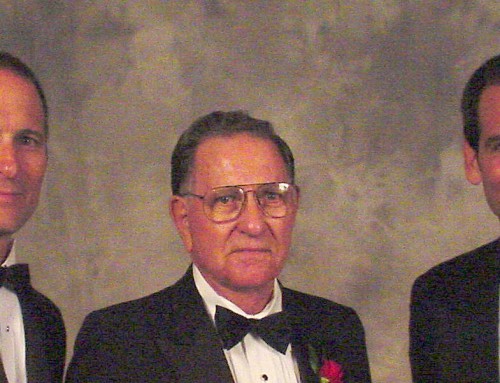“It’s too dangerous and scary”
Despite how commonplace, safe, and supervised transfers via personnel transfer devices are, the above is a phrase industry personnel often tell me at meetings, conferences, and even out in the field. So long as recommended practices are followed, personnel crane transfer is a great/safe way to get to and from your job on an offshore structure. At this point, we’ve been involved in tens of millions of transfers, and incidents/problems are minute at best.
While on the subject of phrases I hear more often than I’d like, the following is not only common, but often tacked on to the above:
“Helicopter transfer is much safer”
Don’t get me wrong, I like flying helicopters to the platforms and drilling rigs, especially if they are a long way off. Long boat rides in rough seas are not my cup of tea (or mug of beer) but that’s not the point I’m making here. It’s not a matter of preference but of statistics and probability. Or to put it simply: you are MUCH safer taking a boat ride and transferring via crane and personnel transfer device.
While statistical data on number of personnel being transferred via helicopter is readily available, similar data is not as easily attained for personnel crane transfers. That being said, there are several assumptions that can be made from what we know via
the number of manned platforms in the Gulf of Mexico.
Even with the recent downturn in offshore activity, there are still millions of persons being transferred annually. And while this holds true throughout the industry, there is key reason that I’m using the Gulf of Mexico as my example. That being that in the Gulf of Mexico, there are both helicopter and crane transfers used here on a normal and regular basis (many industry insiders have estimated with about equal numbers). In some parts of the world (i.e., the North Sea), there are very few crane transfers, so comparing data there wouldn’t be as clean or as simple..
I’ve been President of Billy Pugh Co since 1989 and to my knowledge, we have never had a fatality in the Gulf of Mexico using a crane and personnel transfer device for offshore transfer. Some injuries have occurred in the millions of transfers, but even now the statistics are getting even better as our X-904 has gained popularity not only in the Gulf but worldwide. The before-mentioned injuries over the years have been mainly from outer strikes or personnel falling off of a personnel basket, something we have addressed with the X-904’s outer protection and man positioning system. For reference, I’ve included a report from Johns Hopkins discussing helicopter accidents in the U.S. Gulf. In summation, the data is trending in a positive direction. It also reinforces my point about the safety of crane transfers vs helicopter transfer in the offshore oil and gas industry.
If you want to comment to me please send me an email at paul@billypugh.com. I’d enjoy hearing from you.
Oil and Gas Operations in the Gulf of Mexico Claim 139 Lives in Helicopter Crashes over 26-year Period
Mechanical failure most common cause
A new study by researchers at the Johns Hopkins Center for Injury Research and Policy finds that helicopters that service the drilling platforms and vessels in the Gulf of Mexico crash on average more than six times per year resulting in an average of 5 deaths per year. From 1983 to 2009, 178 crashes resulted in 139 deaths, including 41 pilots and 3 co-pilots. Mechanical failure was the most common cause, leading to 68 crashes (38 percent of the total), followed by bad weather (16 percent of the total). While the challenges such as bad weather and long travel distances associated with helicopter flights in the Gulf related to oil and gas operations are recognized, this study is noteworthy for examining the circumstances of the crashes. The article is published in the September issue of Aviation, Space and Environmental Medicine.
Researchers from the Johns Hopkins Center for Injury Research and Policy, part of the Johns Hopkins Bloomberg School of Public Health, examined fatal and nonfatal crash records of the National Transportation Safety Board (NTSB) from 1983 to 2009. Analyses determined that the most common result of mechanical failure in both fatal and nonfatal crashes was loss of engine power, which occurred in almost one-third of fatal crashes. The majority of forced landings following mechanical failure occurred in water, with 20 percent resulting in the sinking of the helicopter despite the fact that most helicopters are being equipped with pilot-activated flotation devices.
Bad weather was the second most common precipitating factor for fatal and nonfatal crashes and was responsible for the largest number of deaths. In fact, bad weather was the only factor that significantly increased the risk of pilot death when a crash occurred. Pilot error was a major contributor to 83 crashes (47 percent), with poor decision-making the most prevalent error. For example, the NTSB conclusion for many of the bad-weather crashes was that the pilot should not proceeded in given the forecast or observed bad weather.
“This study raises concern about the safety of helicopter flights related to oil and gas operations in the Gulf of Mexico, particularly during bad weather,” said Susan P. Baker, MPH, professor with the Johns Hopkins Center for Injury Research and Policy and the paper’s lead author. “Our findings suggest that efforts to reduce crashes and deaths must address mechanical failure, non-activation of flotation devices, and pilot error.” Baker is a licensed private pilot and received the Aerospace Medical Association’s Harry G. Moseley Award in 2010 for her work applying the public health model to aviation safety.
The researchers also examined crash trends over the study time period and found an increase in the most recent time period, 8.2 annually during 2000 to 2009 versus 5.6 during 1983 to 1999. Following 2007, however, the researchers measured a decrease in crashes.
“While the apparent deterioration in safety over time is alarming, I am encouraged by the most recent data,” said Baker. “Only time will tell whether this is a temporary statistical blip or the beginning of a positive trend.”
Additional authors of “Helicopter Crashes Related to Oil and Gas Operations in the Gulf of Mexico” are Dennis F. Shanahan (associate faculty at the Johns Hopkins Center for Injury Research and Policy), Wren Haaland (consultant to the Johns Hopkins Center for Injury Research and Policy), Joanne Brady (Columbia University) and Guohua Li (Columbia University).
The research was funded by the National Institutes of Health and by grant funding from the Centers for Disease Control and Prevention to the Johns Hopkins Center for Injury Research and Policy.
Media contact for the Johns Hopkins Bloomberg School of Public Health: Tim Parsons at 410-955-6878 or tmparson@jhsph.edu. Media contact for the Center for Injury Research and Policy: Alicia Samuels at 914-720-4635 or alsamuel@jhsph.edu.


